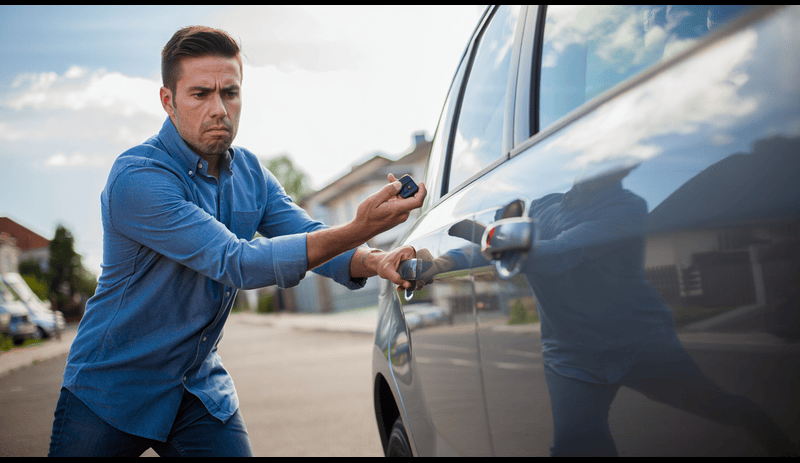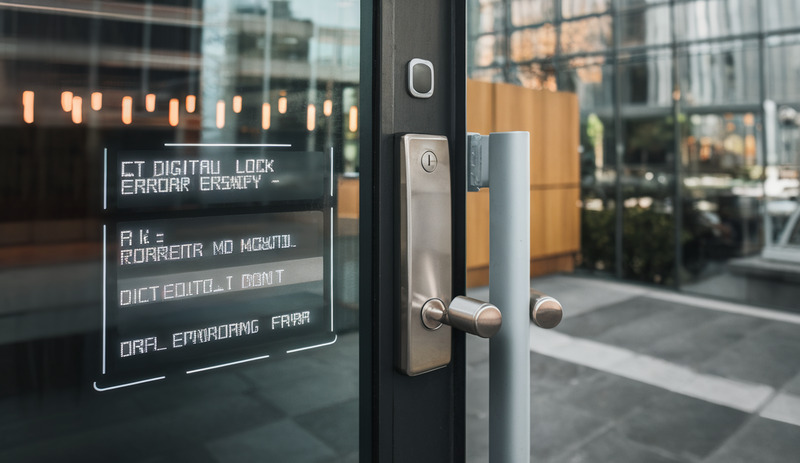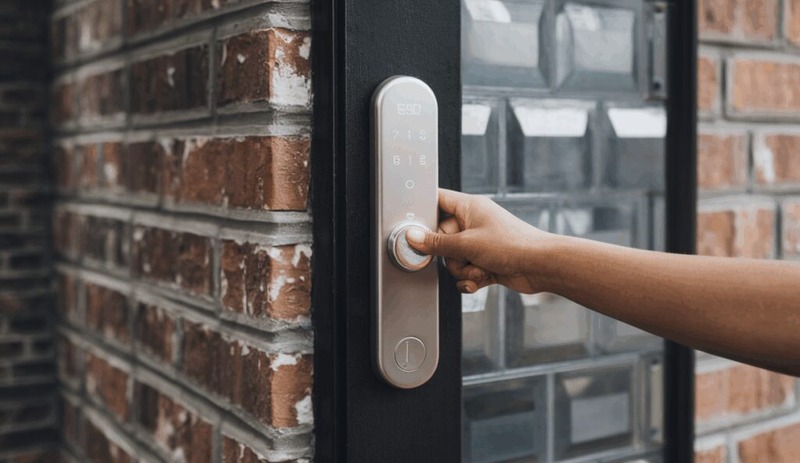
You’re standing right outside your door, punching in what you KNOW is the correct code, and nothing happens. The keypad stares back at you, silent and unresponsive. Is something wrong with the lock?
Did you forget the code? The frustration is real, and you’re not alone.
When digital locks stop working, it can feel like a total security nightmare. We’ve helped hundreds of Dallas homeowners and business owners solve these exact keypad lock problems, so we know exactly what you’re going through right now.
When Your Keypad Lock Misbehaves: A Handy Fix‑It Guide
Keypad locks look slick and keep the bad guys out, but they still break. Most glitches are things a homeowner can spot and fix with a bit of patience. Some need a pro locksmith with special tools in Dallas, TX.
Knowing the usual trouble spots, doing basic upkeep, and seeing when to call an expert can keep the door working and the mind at ease.
Battery Woes: The Quiet Saboteur
The most common reason a lock stops answering is a weak battery. The power cell sits behind a tiny cover, so people forget to check it until the lock dies. Signs show up as a dimming LED, an odd beep pattern, or a lost backlight.
Treat batteries like you do smoke-detectors: look at them twice a year, keep the right alkaline type in a drawer, swap them as soon as the voltage dips. One happy client put it like this: “Now we swap batteries like we swap light-bulbs – just a routine.”
By doing that, most lock quits are avoided without having to call anyone at 469 Authorized Locksmith.
Explore this too: Why Won’t My Spare Key Turn in Ignition
Bad Code Entry Habits
Digital pads need more than just the right numbers. They also watch the speed and pressure of each press. Hitting keys too fast, tapping too hard, or changing rhythm can trigger a lock-out safety mode.
The fix is easy: press each key slowly, about a tenth of a second apart, with even force. You can practice on a spare keypad or even a phone calculator to build muscle memory.
That cuts down the chance of getting locked out because of user error.
Electronics and Sensors Going Funny
The environment plays a hidden role. Big temperature swings can make the inner circuit expand or shrink. Moisture in basements or leaky doors can cause short-circuits on the sensors.
If the lock sometimes works and sometimes does not, even after fresh batteries and a correct code, the cause is likely deeper than the user can see. Don’t try to yank the mechanism – you’ll just hurt the motor or the sensor array.
Instead, look around: Is there condensation inside the cover? Is the housing sealed properly? Did recent rain or a cold snap happen?
When It’s Time to Call a Locksmith
Call a pro after you’ve tried fresh batteries, entered the right code a few times, maybe did a soft reset, and the lock still won’t budge. At that point, a trained technician’s skill is worth its weight in gold.
Companies such as 469 Authorized Locksmith carry special meters, firmware tools, and know how to take apart delicate parts without voiding a warranty. Their fix usually takes minutes, not hours the average owner would waste.
A recent story shows why: after a rainy weekend in Dallas, TX, a homeowner kept hearing clicks but the door stayed locked. A 469 tech found water leaking into the keypad housing, swapped a soggy sensor, and resealed the case.
Final Take‑aways
Digital keypad locks bring ease and safety, yet they are not indestructible. Regular battery swaps, careful code entry, and watching for weather-related stress are the first defenses.
When those steps fail, spotting the signs and calling a qualified locksmith—especially one with the gear of 469 Authorized Locksmith—gets the job done fast.
In short, a stuck door is just a pause when you have the right know-how and the right help. Stay alert, keep basic maintenance, and you’ll keep your home safe and your entryway functional.
Keypad lock troubles are frustrating, but they’re rarely unsolvable. With the right approach and occasional professional help, you can keep your digital locks working smoothly and your property secure.



